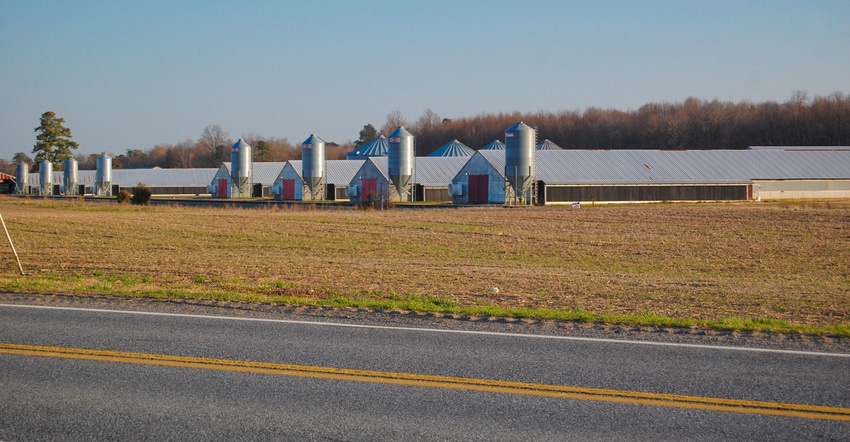
I’ve been following the Chesapeake Bay cleanup for at least 10 years, and the one thing that I’ve consistently heard from people I’ve interviewed over the years is this: Farmers don’t get enough credit for what they’re doing.
A lot of that has to do with what’s being reported to the government. The Chesapeake Bay Program, which coordinates the cleanup of the bay among six states and Washington, D.C., gets information on land practices based on the number of acres enrolled in a government-funded program.
So, if a farmer has taken FSA money to put a conservation practice on the farm, it’s counted in the model and the state gets credit for whatever nutrient reduction comes from it.
But I’ve learned in 10 years of reporting that there are a lot of farmers who have taken it upon themselves to put in a best management practice without government money. Farmers have found that putting in certain BMPs benefits the bottom line so much that they feel comfortable buying cover crop seed or doing a Pre-sidedress Soil Nitrate Test (PSNT) without government help.
Unfortunately, many of these practices have never been counted in the model. That’s important, considering the model is the government’s way of estimating each state’s progress toward reducing the overall nitrogen, phosphorus and sediment loads into the bay.
Hopefully, last year’s update to Phase 6 of the Chesapeake Bay Modeling Tool will help get more of these practices counted and give farmers the credit they are due.
Positive changes are already being seen in Delaware, the smallest state in the Chesapeake Bay watershed.
I attended Delaware Ag Week in Harrington in January and heard a talk by Chris Brosch, administrator of the state’s nutrient management program. He said the new model has allowed the state to incorporate new data on PSNT testing along with newer best management practices such as poultry mortality freezers, water control structures and cover crop mixes.
So, if a farmer plants a small grain with a radish, a brassica or another legume, they can get credit for the leftover nutrient that is taken up by a green plant the following spring.
The new model is also taking in 15 years’ worth of data on poultry litter across the entire region. The state has collected this data through manure samples farmers have provided over the years at no cost.
Brosch said the updated information helped reduce Delaware’s nitrogen and phosphorus loads in the model by more than 20%.
Granted, Delaware constitutes just 1% of the total land mass in the Chesapeake Bay watershed, so any changes in nutrient loads will be magnified. Still, what’s happening in The First State is good to see.
Sometime this year, new Watershed Implementation Plans will be handed over to EPA to check how states will finalize having pollution practices in place by 2025, the deadline for the Chesapeake Bay pollution diet.
Farmers deserve credit for what they’re doing. Hopefully, finally, this model will acknowledge that.
About the Author(s)
You May Also Like






